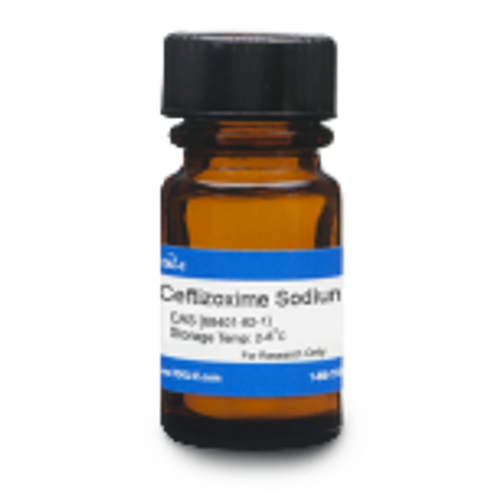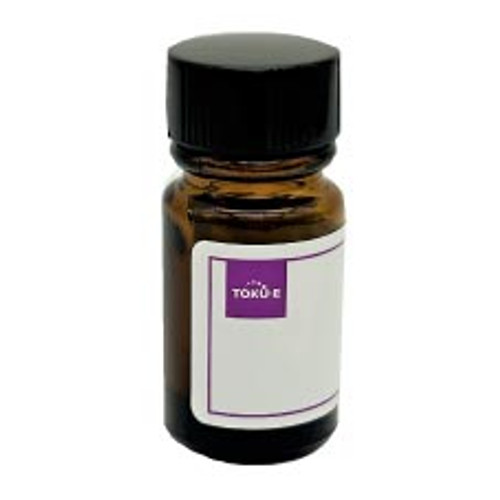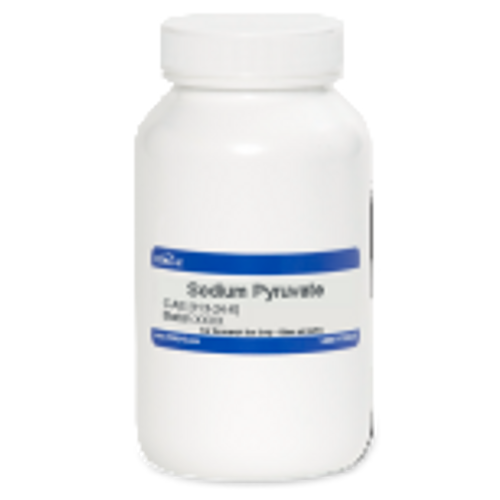Ceftizoxime Sodium is a third-generation cephalosporin with antibacterial activity similar to cefotaxime and moxalactam. It is not hydrolyzed by common plasmid and chromosomal β-lactamases. Ceftizoxime Sodium is soluble in aqueous solution.
| Mechanism of Action | Like β-lactams, cephalosporins interfere with PBP (penicillin binding protein) activity involved in the final phase of peptidoglycan synthesis. PBP’s are enzymes which catalyze a pentaglycine crosslink between alanine and lysine residues providing additional strength to the cell wall. Without a pentaglycine crosslink, the integrity of the cell wall is severely compromised and ultimately leads to cell lysis and death. Resistance to cephalosporins is commonly due to cells containing plasmid-encoded β-lactamases; however, ceftizoxime is stable in the presence of these inactivating enzymes. |
| Spectrum | Ceftizoxime is a broad-spectrum antibiotic targeting a wide variety of Gram-positive and Gram-negative bacteria, both aerobic and anaeobic. |
| Microbiology Applications | Ceftizoxime Sodium is commonly used in clinical in vitro microbiological antimicrobial susceptibility tests (panels, discs, and MIC strips) against Gram-positive and Gram-negative microbial isolates. Medical microbiologists use AST results to recommend antibiotic treatment options. Representative MIC values include:
|
| Eukaryotic Cell Culture Applications | The effect of cephalosporins on in vitro growth of lymphocytes were studied using L 5178y mouse lymphoma cells, Molt-4 cells, and murine splenic lymphocytes. Ceftizoxime had no effect on growth of Molt-4 cells at levels of 0.3 to 50 uM and no effect on L 5178y mouse lymphoma cells at 0.1 and 50 µM. The levels of the three polymerases were studied (DNA polymerase α and β, terminal deoxynucleotidyl transferase (TdT) activity) . DNA polymerase β is the major repair polymerase and its activity remains constant in the different cell stages whereas the DNA-replicating DNA polymerase α activity increases at the beginning of S-phase. The TdT, a marker enzyme for immature lymphocytes in the hematopoietic system, reflects the differentiation state of bone marrow pre-T and pre-B cells. The levels of the three polymerases remained unchanged in Molt-4 cells after incubating them with Ceftizoxime (0.1 to 80 µM )(Leyhausen et al, 1984). |
| Molecular Formula | C13H12N5O5S2 • Na |
| Impurities | Individual Impurity: ≤0.5% Total Impurities: ≤1.0% Ceftizoxime Polymer: ≤0.1% |
| References | Fass RJ (1983) Comparative in vitro activities of third-generation cephalosporins. Arch Intern Med. 143(9):1743–1745 PMID 6615095 Kamimura T, Matsumoto Y, Shigi Y, Nishida M. (1980) Laboratory evaluation of Ceftizoxime, a new parenteral cephalosporin. Arzneimittelforschung. 30(10):1662-1664 PMID 6969078 Leyhausen G, Seibert G, Maidhof A and Muller WEG (1984) Differential stimulation of lymphocyte cell growth in vitro by cephalosporins. Antimicrob. Agents Chemother. 26(5):752-756 PMID 6517558 Neu, HC (1984) Ceftizoxime: A beta‐lactamase‐stable, broad‐spectrum cephalosporin. J. Human Pharmacol and Drug Ther. 4:47-58 |








